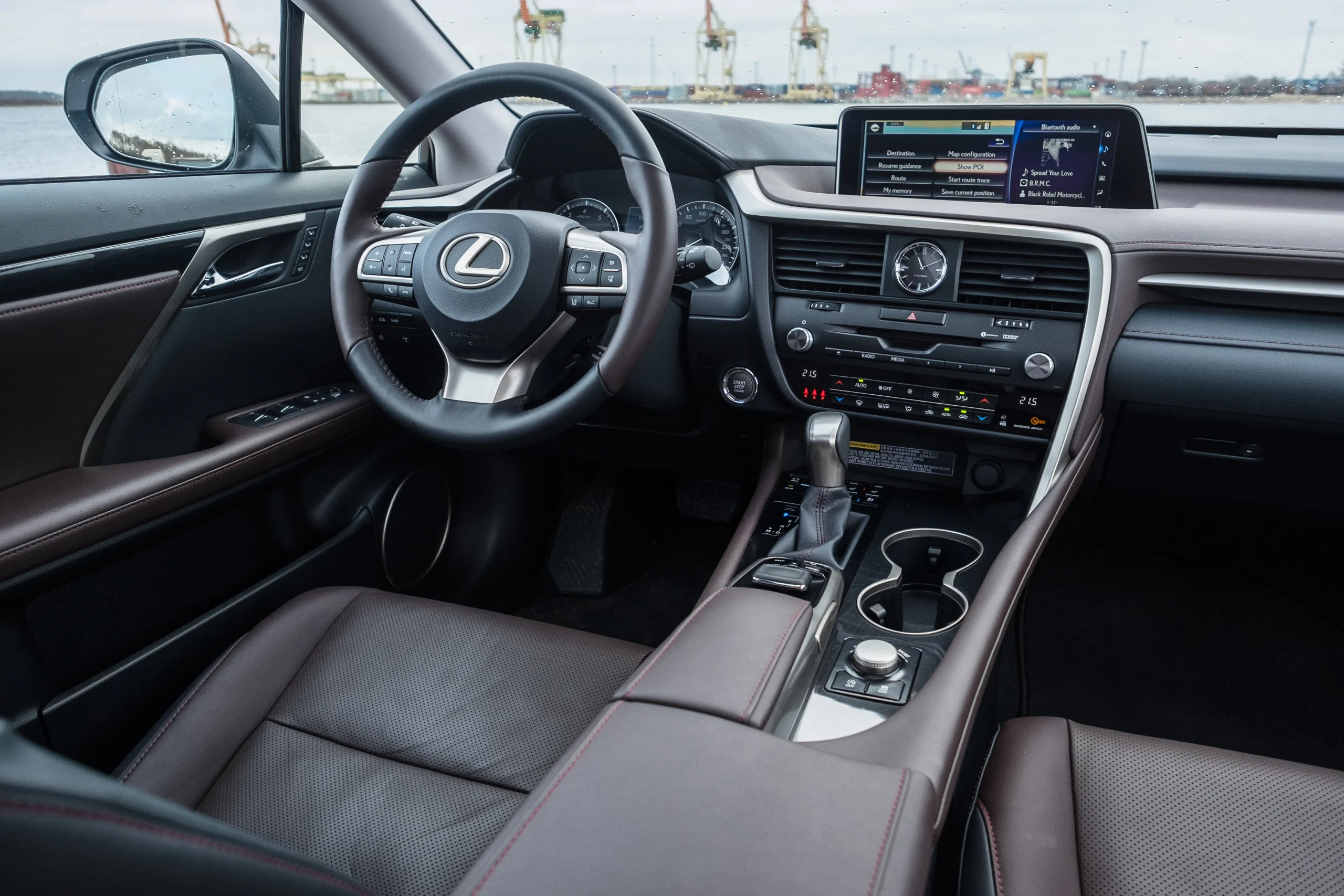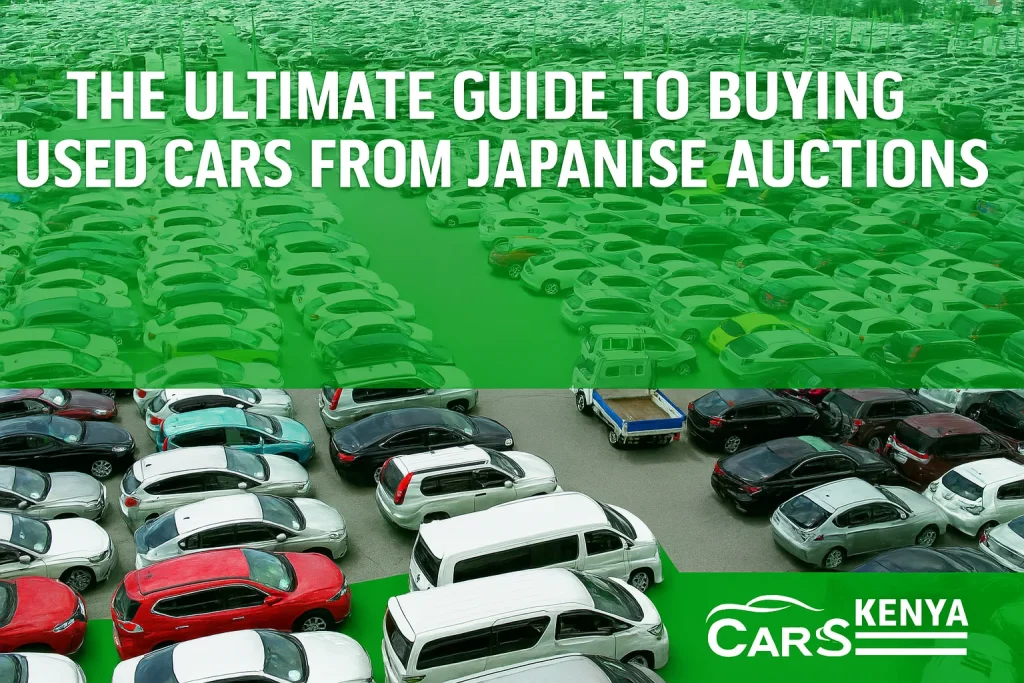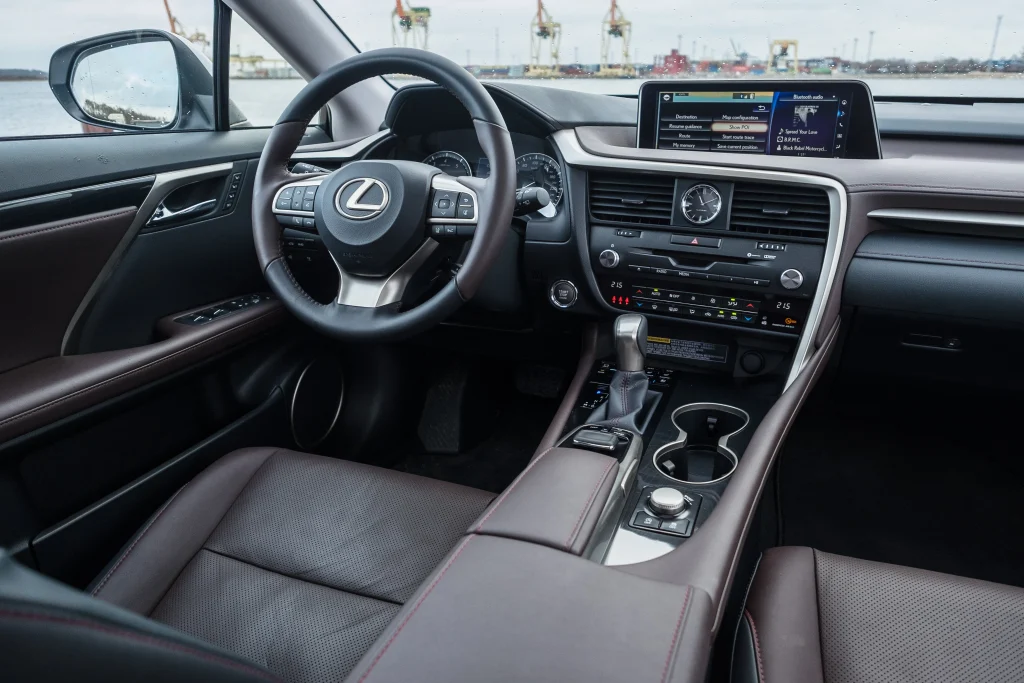Understanding the Importance of Auction Sheets

Decoding the Information on an Auction Sheet
At first glance, a Japanese auction sheet can look like a cryptic puzzle, filled with a dense grid of codes, numbers, and diagrams.
It’s written in Japanese, which adds another layer of complexity, but don’t let that intimidate you.
The layout is standardized across major auction houses like USS, TAA, and CAA, making it easier to decipher once you know what you’re looking for.
The sheet provides a snapshot of the car’s identity and condition.
You’ll find basic information like the lot number, chassis number, year of manufacture, model, engine size, and transmission type.
More importantly, it contains the inspector’s detailed notes, which are the heart of the document.
This includes the overall auction grade, interior and exterior grades, and a list of “sales points” or positive features.
It also includes any negative points, such as evidence of repairs or specific issues.
Grasping this information is fundamental; it’s the foundation upon which your bidding decision should be built, ensuring the car you’re interested in is exactly what it claims to be before you commit your hard-earned money.
Key Sections to Look Out for on an Auction Sheet
When you start reviewing an auction sheet, your eyes should immediately be drawn to a few critical sections that tell the most important parts of the car’s story.
The most prominent feature is the auction grade, usually a number from 1 to 6 or a letter like ‘S’ for a brand-new car and ‘R’ or ‘RA’ for a repaired vehicle.
This grade gives you a quick, overall summary of the car’s condition.
Next, locate the interior and exterior grades, typically rated from A (best) to D or E (worst).
These tell you about the cosmetic state of the cabin and bodywork.
You’ll also find a small diagram of the car’s body.
This is the damage map, where inspectors use alphanumeric codes to mark the location and severity of any imperfections.
For example, an ‘A1’ might denote a tiny scratch, while a ‘U3’ indicates a significant dent.
Finally, don’t overlook the inspector’s comments section.
Though often in Japanese and requiring translation, this is where you’ll find crucial context about potential mechanical issues, non-standard parts, or previous repairs that aren’t visible on the diagram, making it an indispensable part of this auction sheet guide.
Identifying Potential Issues with the Vehicle
The true value of an auction sheet lies in its ability to highlight a vehicle’s flaws, protecting you from buying a “lemon.” The vehicle diagram is your primary tool for spotting cosmetic issues.
Pay close attention to the codes used. ‘A’ stands for scratches (kizu), ‘U’ for dents (hekoki), ‘B’ for larger dents with scratches, ‘W’ for paint waviness (indicating a repaint), and ‘XX’ signifies a panel has been replaced.
The accompanying number (1-4) indicates severity, with 1 being minor and 4 being major.
Any ‘XX’ marking should be a major red flag, prompting further investigation.
Another critical area to scrutinize is the grade.
A grade ‘R’ or ‘RA’ explicitly means the car has undergone accident repairs.
While some ‘RA’ cars can be excellent value if the repairs were minor and well-executed, an ‘R’ grade often signals more significant structural work.
You should also be wary of cars with very low mileage but a poor interior grade (like ‘C’ or ‘D’), as this could suggest odometer tampering.
A seasoned professional can help you read between the lines and understand the real-world implications of these codes on your potential purchase.
Verifying the Vehicle’s History and Authenticity
While the auction sheet is an incredibly reliable tool, verifying its authenticity is a non-negotiable step in the car import process.
Unfortunately, unscrupulous dealers may try to tamper with auction sheets—altering the grade, hiding repair history, or “winding back” the mileage—to sell a problematic car for a higher price.
So, how do you protect yourself?
The best way is to work with a trusted and transparent import partner who can provide you with direct access to the auction portals or verify the sheet for you.
They can cross-reference the chassis number against the auction’s database to pull up the original, untampered report.
This ensures the document you’re basing your decision on is 100% legitimate.
Verifying the chassis number also helps confirm the car’s manufacturing date, which is crucial for complying with Kenya’s 8-year age limit rule.
A discrepancy between the auction sheet’s listed year and the one confirmed by the chassis number could mean the car is ineligible for import, saving you from a disastrous financial mistake.
Don’t just take the seller’s word for it; always insist on independent verification.
Using the Auction Sheet to Determine the Vehicle’s Condition
Once you’ve decoded the codes and verified the sheet’s authenticity, the next step is to synthesize all this information to build a complete picture of the vehicle’s true condition.
This isn’t just about identifying flaws; it’s about managing your expectations and budget.
For instance, if the sheet indicates multiple ‘A2’ or ‘A3’ scratches and a ‘W2’ on a door panel, you know the car will likely need a professional cut and polish and potentially some paintwork to look its best.
You can factor these potential reconditioning costs into your total budget before you even place a bid.
Similarly, an interior grade of ‘C’ might mean you should expect some stains on the seats or scuffs on the dashboard plastics.
If you’re okay with that, you might get a great deal.
If you’re looking for a pristine car, you’ll know to focus on vehicles with an interior grade of ‘A’ or ‘B’.
This holistic approach, guided by the auction sheet, empowers you to make an informed financial decision, preventing the disappointment of a car arriving in a condition far worse than you anticipated and ensuring the entire car import process remains on budget.
Navigating the Car Import Process with Confidence
Mastering the art of reading an auction sheet transforms you from a hopeful gambler into a confident, informed buyer.
When you can accurately assess a car’s condition from thousands of miles away, you hold the power.
You can confidently filter through dozens of listings, quickly dismissing vehicles with major red flags like ‘R’ grades or signs of heavy wear, and focusing only on those that meet your high standards.
This knowledge allows you to set a realistic bidding price, knowing exactly what you’re paying for and what, if any, post-arrival costs you might incur for minor cosmetic repairs.
It removes the anxiety and uncertainty that plague many first-time importers.
Instead of worrying about hidden damages or tampered odometers, you can proceed with the assurance that you’ve done your due diligence.
This confidence is the key to a successful and stress-free experience, turning the complex car import process into a manageable and rewarding venture.
Are you ready to import your next car with this level of confidence? Cars Kenya can help you source and verify vehicles directly from Japanese auctions, ensuring complete transparency.
Why You Need Professional Help with Car Import
While this auction sheet guide provides a strong foundation, the reality of importing a car is far more complex than just reading one document.
The car import process involves navigating labyrinthine logistics, complex customs regulations, and a mountain of paperwork including KRA, NTSA, and KEBS requirements.
A small mistake at any stage can lead to significant delays, unexpected storage fees at the port, or even the rejection of your vehicle.
This is where the expertise of a professional car importation service becomes invaluable.
An experienced partner acts as your trusted agent, handling every intricate detail on your behalf.
They have established relationships with auction houses, shipping lines, and clearing agents.
They can provide professional translation of the inspector’s notes, offer expert advice on which ‘RA’ grade cars are safe buys, and manage the entire end-to-end process from a winning bid in Japan to a registered car at your doorstep in Kenya.
This professional oversight not only saves you time and stress but also protects your investment, ensuring a seamless and successful importation. Let the experts at Cars Kenya handle the complexities for you; contact us today for a personalized importation quote and experience a truly hassle-free process.
Conclusion
Importing a car from Japan to Kenya can be an incredibly rewarding way to acquire a high-quality, reliable vehicle.
However, the success of this entire venture hinges on your ability to understand its most critical document: the auction sheet.
It is your ultimate inspection report, your shield against fraudulent sellers, and your guide to making a wise investment.
By learning to decode its grades, diagrams, and comments, you empower yourself to see beyond the glossy photos and assess the car’s true condition.
This knowledge demystifies the auction process, replacing uncertainty with confidence and enabling you to navigate the complexities of the car import process like a pro.
Remember that this document is your best friend in the journey; treat it with the attention it deserves, verify its authenticity, and use its insights to choose a vehicle that will serve you well for years to come on Kenyan roads.
FAQ
- What is the most important grade on a car auction sheet?
The overall auction grade (e.g., 4.5, 4, R, RA) is the most important as it gives a quick, comprehensive summary of the car’s condition.A higher number (like 4 or 5) indicates better condition, while ‘R’ or ‘RA’ signifies a repair history that requires careful investigation. -
Can I trust the mileage shown on the auction sheet?
Generally, yes.The mileage is recorded by independent inspectors, and Japanese law has severe penalties for odometer tampering.However, you should still be cautious.
Cross-reference the mileage with the car’s overall condition and service history.
A very low mileage car with a worn-out interior (Grade C or D) is a red flag.
-
What do the letters on the car diagram (e.g., A1, U2, W3) mean?
These are damage codes.The letter indicates the type of damage (‘A’ for scratch, ‘U’ for dent, ‘W’ for wave/repaint), and the number (1-4) indicates the severity, with 1 being the most minor.This diagram is a key part of our auction sheet guide for assessing cosmetic condition.
-
What happens if I import a car older than the 8-year rule in Kenya?
If a vehicle is older than the permitted 8-year limit (calculated from the month and year of first registration), it will be rejected by KEBS (Kenya Bureau of Standards) and cannot be registered in Kenya.You would then be forced to re-export it at your own significant cost, making it a disastrous financial mistake. -
Why should I use a professional service like Cars Kenya for importation?
A professional service simplifies the entire car import process.They handle verification of auction sheets, bidding, shipping logistics, customs clearance, and local registration.This protects you from potential pitfalls, saves you immense time and stress, and ensures compliance with all Kenyan regulations.





